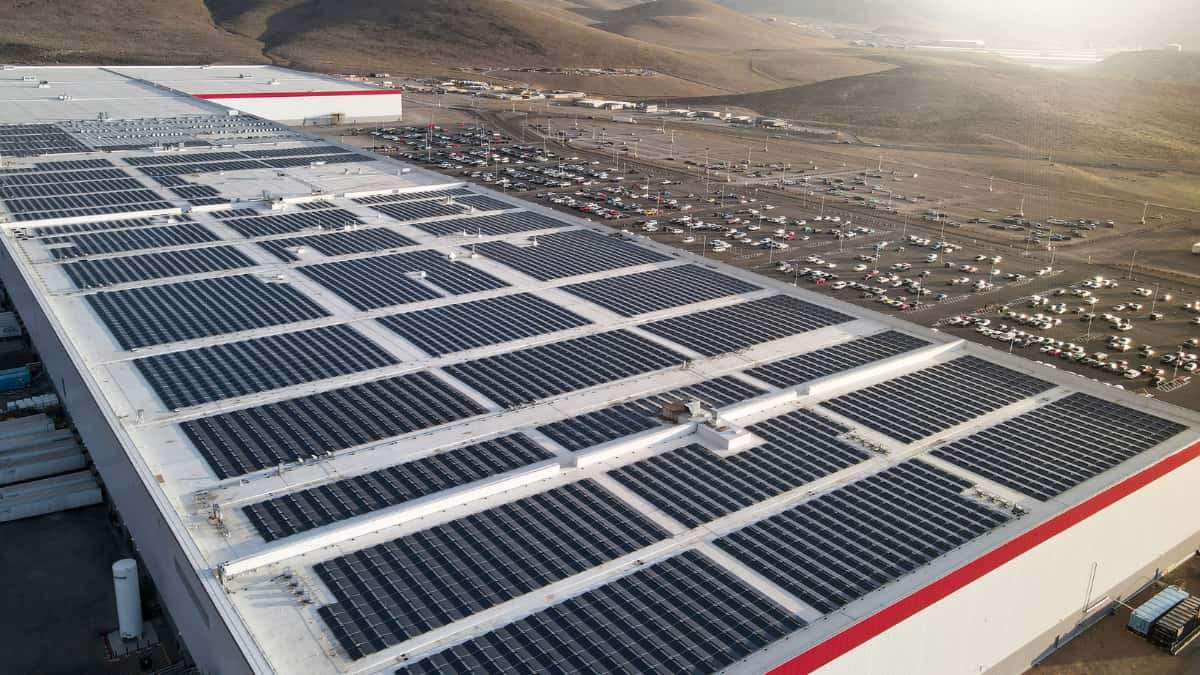An important part of Tesla's plan is to make the company even bigger: in order to satisfy this need for growth, the company is not only preparing the opening of new factories, but also making the current plants even more productive. The Fremont plant, Tesla's very first and original, is more productive than in its entire history. Let´s take into account that Elon Musk bought the factory from Toyota and General Motors, and that at the time it established itself as one of the most active in the country.
The original Fremont plant was originally built in 1984; between that year and 2010, a total of eight million cars were manufactured at the facility by Toyota and General Motors, reaching a maximum productivity peak of more than 428,000 vehicles a year in 2006. Following the acquisition by Tesla, the Fremont factory has undergone a major renovation, almost from the ground up; significant changes that have made it one of the most productive centers in the country so far.

It can be said that Fremont is nowadays capable of producing more cars than in the best year of its life: in 2021, the Californian plant produced a total of 444,600 units, which is equivalent to a total of 8,550 cars per week, making it the reference center in the United States; by the way surpassing other industry giants such as Toyota or BMW, which were placed second and third with their American plants.
Despite achieving such successful figures, Elon Musk believes that there is still room to increase production volume by 50%, although he does not give many details of how he intends to achieve such a feat. Nor is it that Tesla needs to exceed the limits of the Fremont plant, since the new Austin Gigafactory is beginning to harvest very notorious production volumes. Despite this, there are plans for growth, both inside and outside the United States.

New plants for Tesla: the third part of Elon Musk's master plan indicates that Tesla actually has to get much bigger. Having the necessary resources and capital to do so, the CEO is seriously thinking about opening new facilities for the production of electric vehicles: the locations that have earned the most points so far are Canada and Mexico, as well as a very probable new factory in the United States. The first data does not show specific places where to build the factories, but the search is already underway.
At the moment the priority is to expand the production volume of its two most recent factories: Giga-Texas and Giga-Berlin. Although the Austin plant is already beginning to pick up a good production pace, the German plant currently registers 1,000 units per week. An important fact, but far from the most positive estimates; reaching maximum production capacity is not an easy or quick process. The primary objective is precisely that: maximum production capacity in the current factories, although the opening of new centers is also being considered.
Source: hibridosyelectricos
All images courtesy of Tesla Inc.
Nico Caballero is the VP of Finance of Cogency Power, specializing in solar energy. He also holds a Diploma in Electric Cars from Delft University of Technology in the Netherlands, and enjoys doing research about Tesla and EV batteries. He can be reached at @NicoTorqueNews on Twitter. Nico covers Tesla and electric vehicle latest happenings at Torque News.





